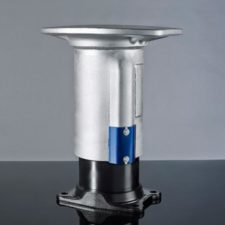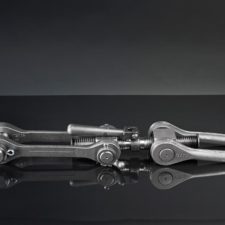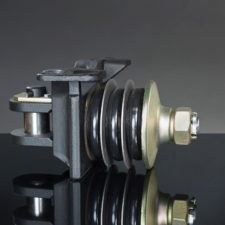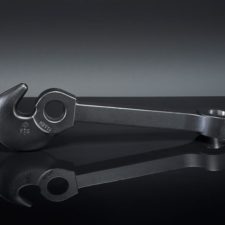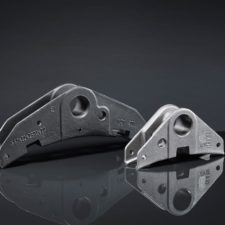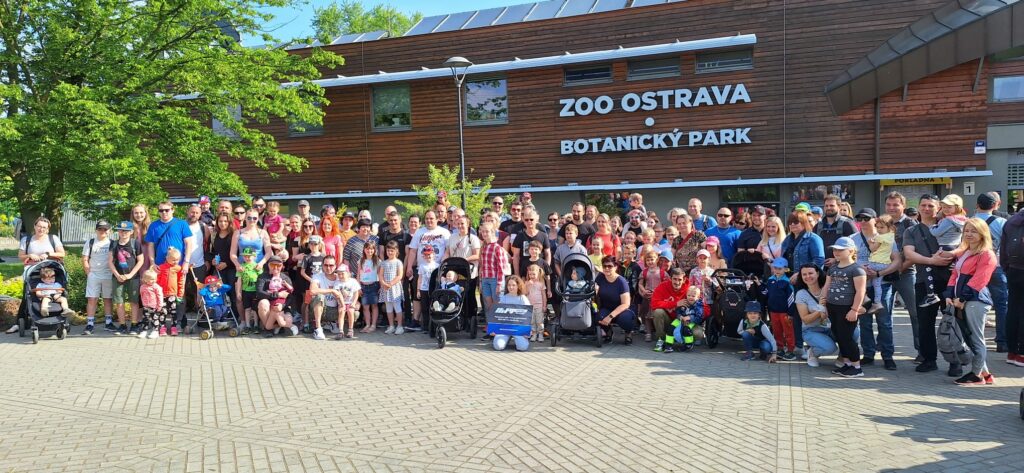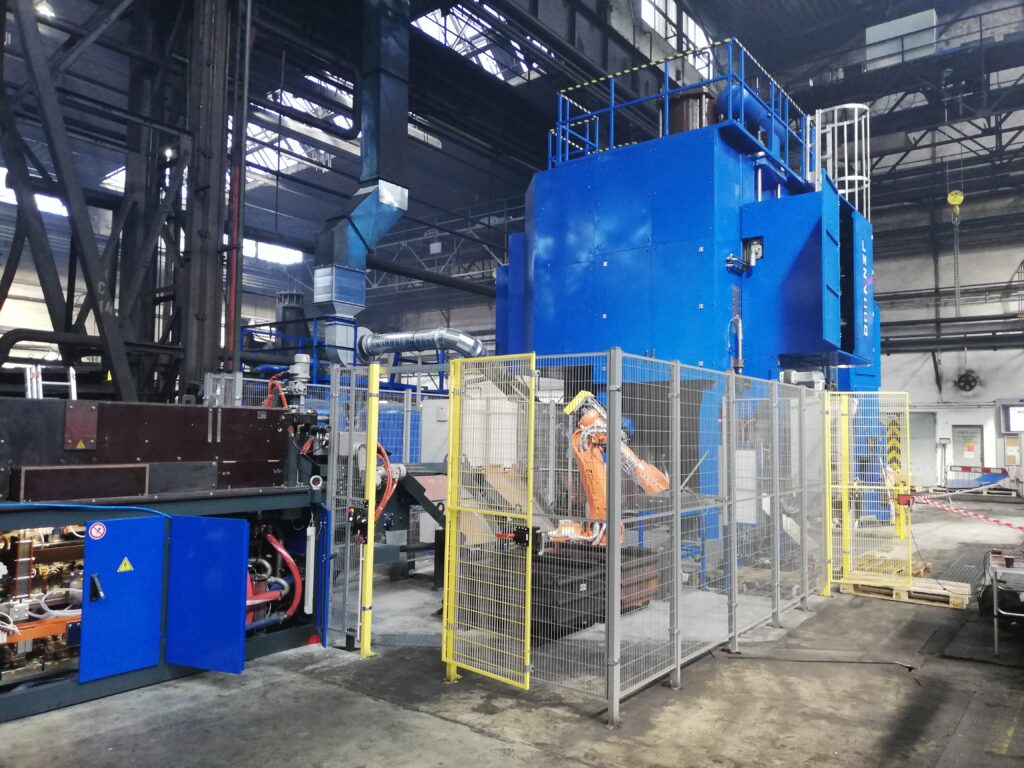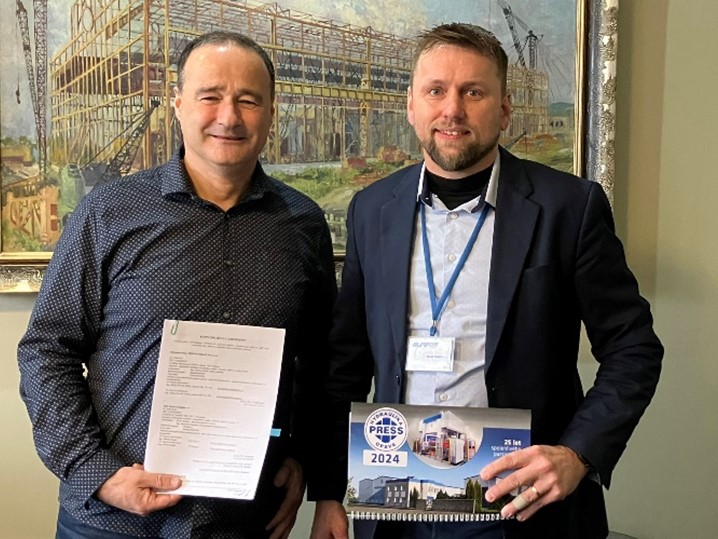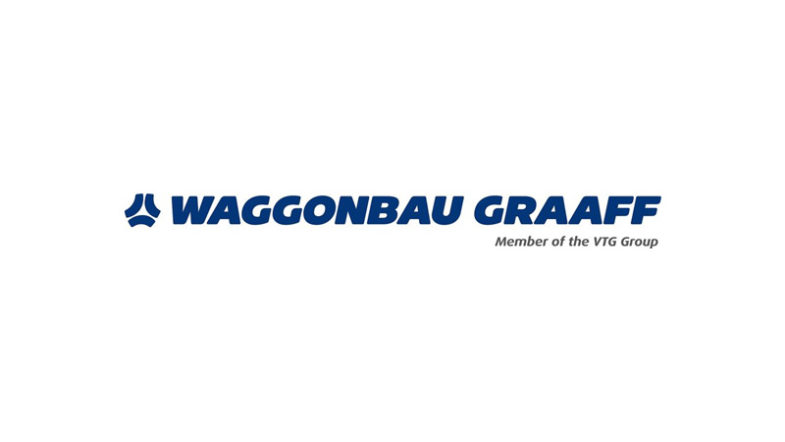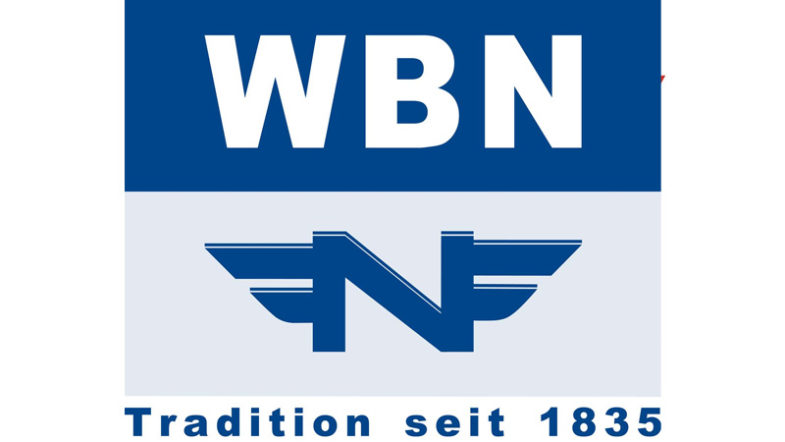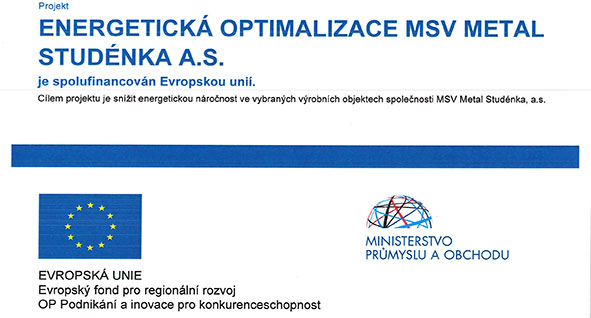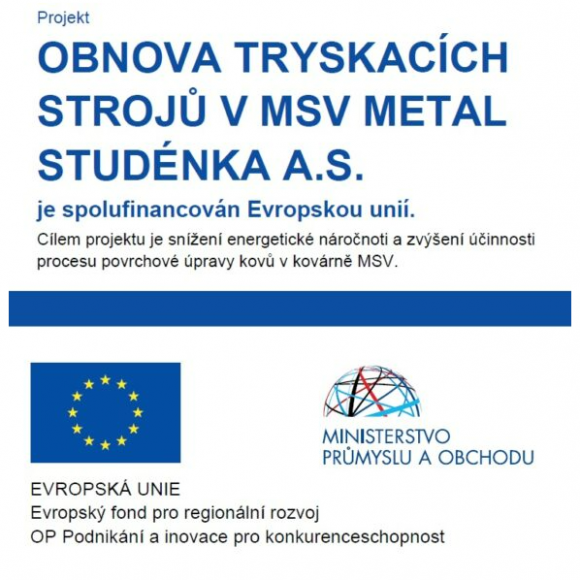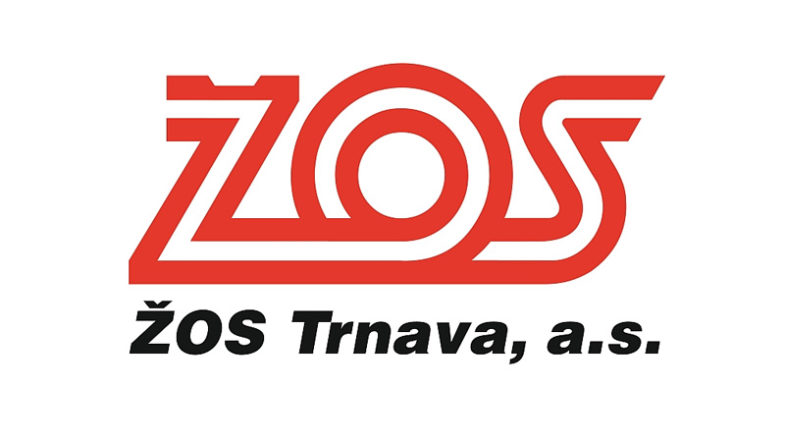
The wagon plant of Studénka was founded in 1900 as the joint-stock company of Staudinger Waggonfabrik, A.G. based in Butovice. The factory, an integral part of which was the forge from the very beginning, significantly affected the life of the citizens of the originally agricultural region. It gave jobs and support to a lot of people who dedicated most of their time and energy to it. Over the times, its name and owner have changed for several times.




